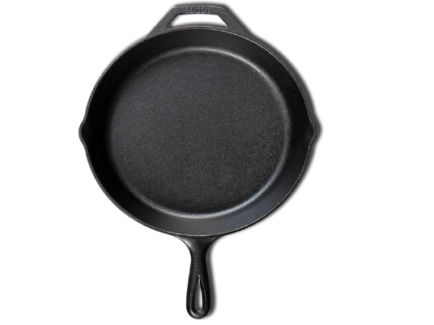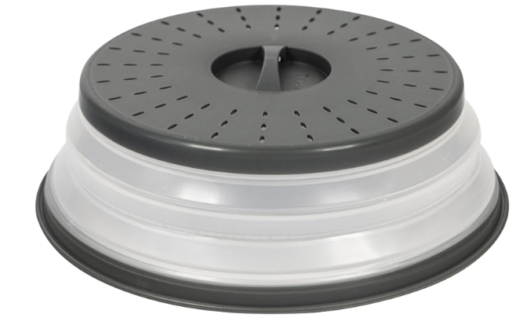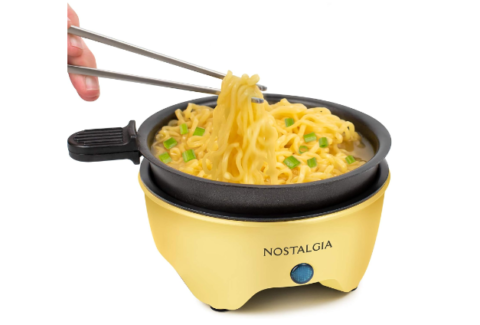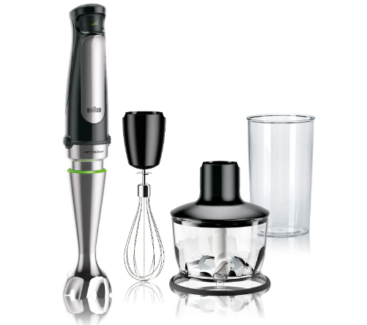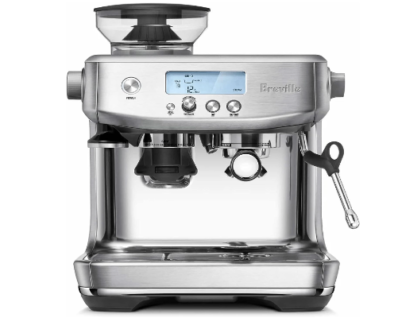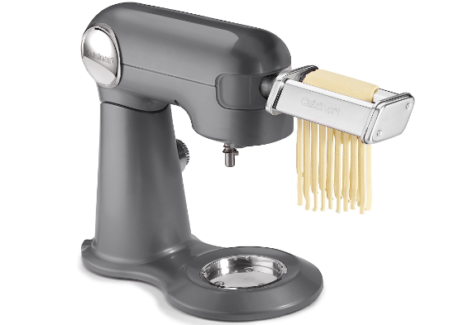
Rye flour is a popular ingredient used in a variety of baking recipes, from bread to cakes and pastries. Making your own rye flour using a grain mill grinder is a great way to ensure the freshness and quality of the flour. In this process, the grain mill grinder grinds whole rye berries into a fine powder that can be used in any recipe that calls for rye flour. Grinding your own rye flour can also save you money and allows you to customize the texture and coarseness of the flour to your liking.
Which kinds of rye flour can you make in grain mill grinder?
A grain mill grinder can be used to make a variety of rye flour types, depending on the milling setting and the size of the rye berries being ground. Here are some examples:
- Whole rye flour: Whole rye flour is made from grinding whole rye berries. This type of rye flour is darker in color and has a stronger flavor than other types of rye flour.
- Medium rye flour: Medium rye flour is made from milling a mixture of whole rye berries and sifted rye flour. This type of rye flour has a lighter color and a milder flavor than whole rye flour.
- Light rye flour: Light rye flour is made by sifting medium rye flour to remove some of the bran and germ. This type of rye flour is lighter in color and has a more subtle flavor than whole rye or medium rye flour.
- Pumpernickel flour: Pumpernickel flour is a type of whole rye flour that is coarsely ground and has a dark color and strong flavor. It is commonly used in making traditional German-style pumpernickel bread.
The type of rye flour you make will depend on your personal preference and the recipe you are using. It’s important to follow the manufacturer’s instructions for your specific grain mill grinder to achieve the desired milling setting and texture for your rye flour.
Why should you make rye flour in grain mill grinder?
There are several benefits to making your own rye flour using a grain mill grinder:
- Freshness: Grinding your own rye flour ensures that the flour is fresh and has not been sitting on a shelf for an extended period. This can result in better flavor and nutritional value in your baked goods.
- Customization: Making your own rye flour allows you to customize the texture and coarseness of the flour to your liking. You can adjust the milling setting on the grain mill grinder to produce a fine or coarse flour, depending on the recipe.
- Cost-effective: Buying whole rye berries and grinding them yourself can be a more cost-effective option than purchasing pre-ground rye flour from a store.
- Nutritional value: Rye is a nutritious grain that is high in fiber, protein, and other beneficial nutrients. By grinding your own rye flour, you can ensure that the nutritional value of the grain is preserved.
- Sustainability: Grinding your own rye flour can also be a more sustainable option, as it eliminates the need for packaging and transportation of pre-ground flour.
Overall, making your own rye flour using a grain mill grinder can be a rewarding and practical process that yields fresh, high-quality flour for your baking needs.
How to make rye flour in grain mill grinder
Here are the steps to make rye flour in a grain mill grinder:
- Choose the type of rye flour you want to make (e.g., whole rye flour, medium rye flour, light rye flour, pumpernickel flour) and the amount of rye berries you need for your recipe.
- Set up your grain mill grinder according to the manufacturer’s instructions. Make sure it is securely mounted to a sturdy surface and that the hopper and grinding mechanism are properly assembled.
- Add the rye berries to the hopper of the grain mill grinder. Adjust the coarseness setting to your desired level.
- Turn on the grain mill grinder and begin grinding the rye berries. It is best to grind the rye berries in batches, starting with the coarsest setting and gradually reducing the coarseness until you have the desired texture.
- As you grind the rye berries, the flour will collect in the container or bag attached to the grain mill grinder. Make sure to check the container or bag periodically to avoid overfilling and to transfer the flour to an airtight container for storage.
- Once you have ground all of the rye berries, sift the flour to remove any large pieces of bran or germ that may not have been fully ground. This step is optional and depends on the recipe you are using.
- Store the rye flour in an airtight container in a cool, dry place for up to several months.
By following these steps, you can make fresh, high-quality rye flour using a grain mill grinder that is perfect for all of your baking needs.
How long does it take to make rye flour in grain mill grinder?
The time it takes to make rye flour in a grain mill grinder can vary depending on several factors, including the type of grain mill grinder, the coarseness setting, and the amount of rye berries being ground.
In general, it can take anywhere from a few minutes to 10-15 minutes to grind a few cups of rye berries into flour using a grain mill grinder. However, if you are grinding a larger amount of rye berries, it may take longer to achieve the desired texture.
It’s important to note that grinding the rye berries in batches can help to prevent the grain mill grinder from overheating and prolong its lifespan. So, if you need to grind a large amount of rye berries, it may take several batches and a bit more time.
Overall, the time it takes to make rye flour in a grain mill grinder is relatively short and the resulting flour is fresh, high-quality, and perfect for all of your baking needs.
Tips for making rye flour in grain mill grinder
Here are some tips for making rye flour in a grain mill grinder:
- Choose high-quality rye berries: The quality of the rye berries you use will affect the quality of the flour you produce. Look for fresh, whole rye berries from a reputable source to ensure the best results.
- Use the correct grinding setting: Adjust the coarseness setting on your grain mill grinder according to the type of rye flour you want to make. For example, if you want to make light rye flour, use a finer setting, while if you want to make pumpernickel flour, use a coarser setting.
- Grind in small batches: To avoid overheating your grain mill grinder, grind the rye berries in small batches. This will also ensure that the flour is ground evenly.
- Keep the grain mill grinder clean: Regularly clean your grain mill grinder to prevent any buildup of flour or other debris that could affect the quality of the flour you produce.
- Sift the flour: After grinding the rye berries, sift the flour to remove any large pieces of bran or germ that may not have been fully ground. This step is optional and depends on the recipe you are using.
- Store the flour properly: Once you have ground the rye berries into flour, store the flour in an airtight container in a cool, dry place. Rye flour can go rancid more quickly than other flours, so it’s important to use it within a few months or store it in the freezer for longer shelf life.
By following these tips, you can make fresh, high-quality rye flour in your grain mill grinder that is perfect for all of your baking needs.
Related Posts
Why Trust Us
You will find what you are looking for at Jody's Bakery. From classic to luxury brands, you'll find both. We will help you to select appliances that fit your needs, budget and lifestyle. Whether you want to stop by to learn more — or plan to make a major purchase — we’ll treat you like family and assist you every step of the way. Shop with us today to receive friendly and experienced help along the way.







